Leadership Development Software: 7 Tools to Get Your Company Ready for 2026
November 20, 2025Leadership development software guide. Explore 7 top tools, including Teamspective, Torch.io, and Udemy. Learn which platform fits your leadership needs best.
I remember the first time I tried to scale leadership development across a growing organization. We had 50 managers, each facing different challenges. Some struggled with performance conversations. Others needed help with team engagement. A few were managing remote teams for the first time.
Traditional training programs couldn't address this diversity. Everyone sat through the same workshops, and maybe 30% of the content was relevant to any individual leader.
That's when I started exploring leadership development software. These tools promised to deliver development at scale while maintaining relevance for each leader.
Over the years, I've tested and implemented various platforms. Some focused on simulations and scenarios. Others emphasized coaching or learning content. A few provided real-time insights about actual team dynamics.
This guide will focus on the 7 leadership development software tools companies need to grow as well as the key trends in the leadership development space.
What Is Leadership Development Software?
Leadership development software is a digital platform designed to build leadership capabilities across an organization.
Unlike traditional in-person programs, software delivers development through technology. This allows for greater scale, personalization, and continuous support.
Most platforms include some combination of these capabilities:
- Leadership enablement to support growing teams in real time
- Learning content and courses on leadership skills and competencies
- Simulations and scenarios that let leaders practice decision-making
- Coaching and mentoring connections for personalized support
- Data and analytics to assess skills and track development progress
- Real-time team insights based on engagement and performance data
- Integration with existing tools like HR systems, Slack, and Teams
The type of software you need depends on your goals. Are you teaching foundational skills? Building capabilities through practice? Providing ongoing support for real challenges?
Leadership Development Software
Support your leaders dynamically. Enable them with tools to drive business performance.
Schedule DemoTop 7 Leadership Development Software Tools
Here's my assessment of seven platforms, each serving different needs:
1. Teamspective
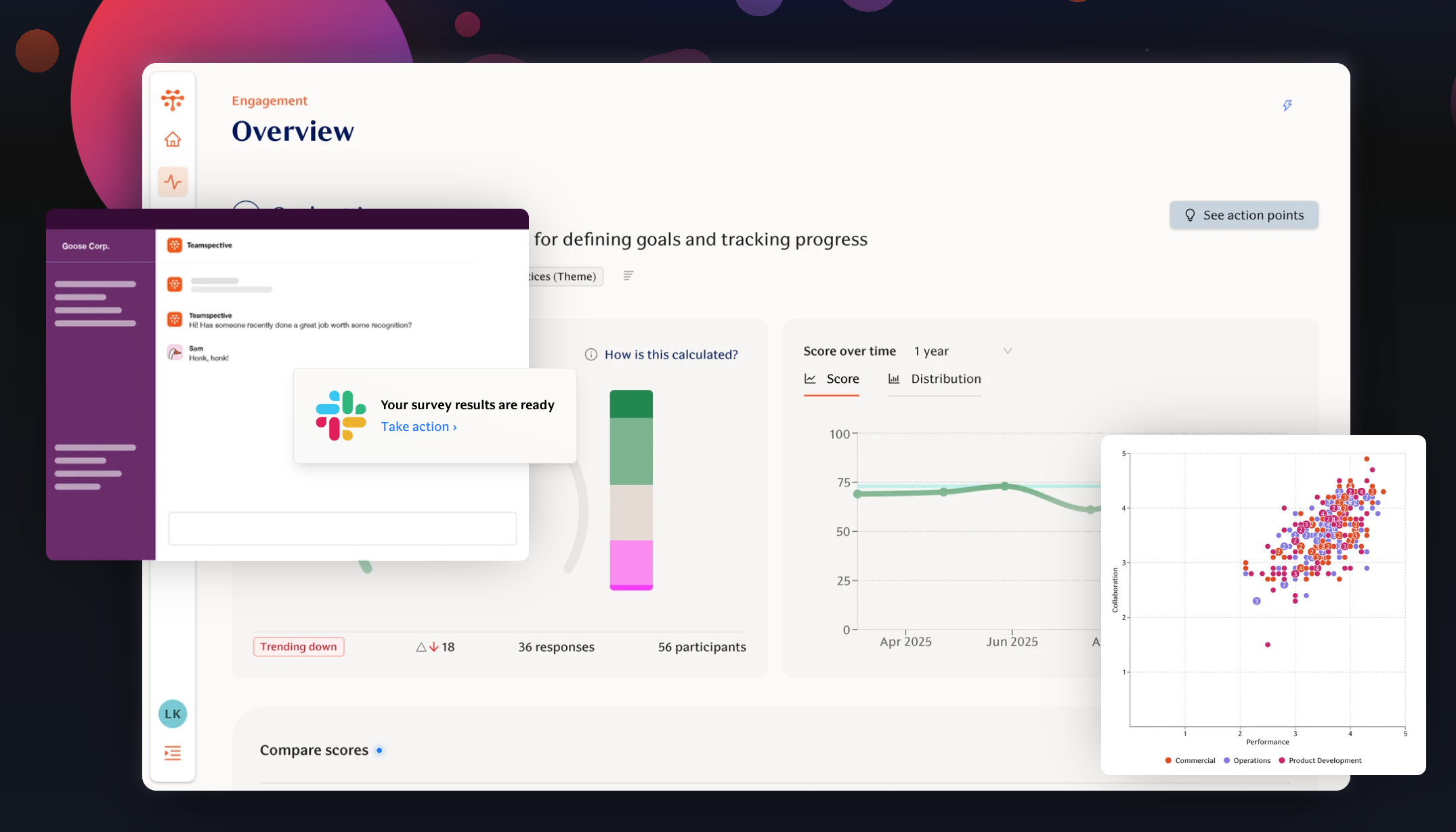
A leadership enablement platform that helps leaders proactively improve employee engagement, performance, and collaboration.
Best for: Organizations that want to give leaders real-time insights and personalized guidance based on their actual team data, enabling them to change team behavior immediately.
Key Features:
- Real-time engagement and performance data analysis
- AI-powered prioritization of issues and opportunities for each leader
- Personalized action recommendations aligned with company values
- Discussion points and agendas for one-on-ones and team meetings
- Organizational Network Analysis to identify collaboration patterns and bottlenecks
- Integration with Slack and Microsoft Teams for seamless surveys
- Company leadership principles incorporated into all guidance
What makes it different: Teamspective is the only platform that combines engagement, performance, and collaboration data to give leaders specific, actionable guidance about their actual team right now. Instead of generic training, leaders get insights like "your team's clarity on priorities dropped this week. Here are three questions to ask in your next meeting." This enables leaders to address issues before they escalate and change team behavior in real time.
2. Abilitie
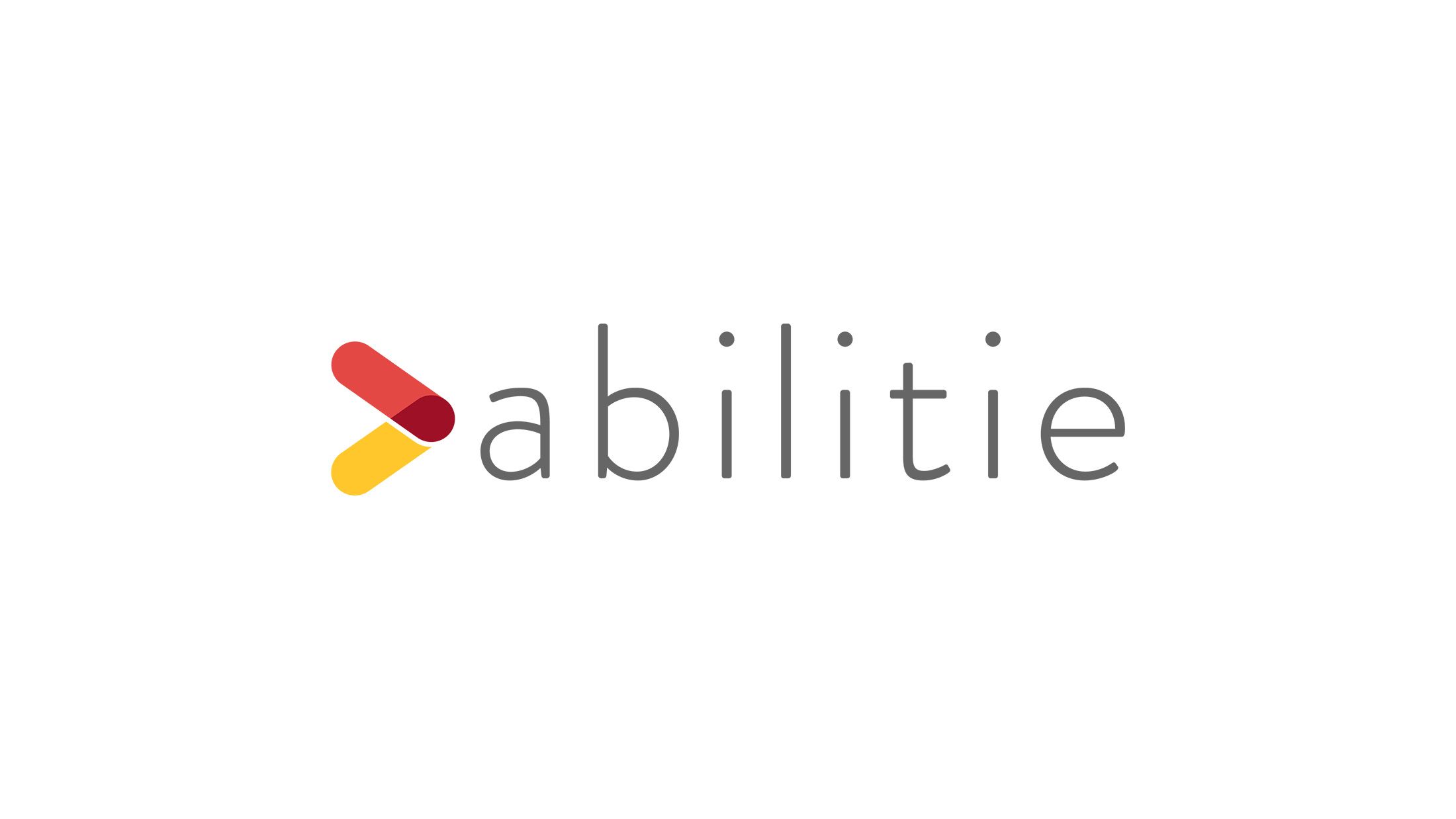
A leadership simulation platform that creates realistic business scenarios for practice.
Best for: Organizations that want leaders to practice decision-making in safe, simulated environments before facing real challenges.
Key Features:
- Immersive business simulations
- Team-based challenges
- Real-time feedback on decisions
- Scenarios that mirror actual business challenges
- Competitive elements to drive engagement
- Analytics on decision-making patterns
What makes it different: Abilitie focuses on experiential learning through realistic simulations. Leaders practice making decisions, see the consequences, and learn from outcomes without real-world risk.
3. Torch.io

A coaching platform that connects leaders with professional coaches.
Best for: Organizations that want to provide one-on-one coaching at scale without building an internal coaching team.
Key Features:
- Matching algorithm to connect leaders with coaches
- Scheduling and session management
- Goal setting and tracking
- Progress monitoring
- Coach marketplace with various specialties
- Integration with video conferencing tools
What makes it different: Torch focuses exclusively on making professional coaching accessible. Leaders get personalized support from experienced coaches tailored to their development needs.
4. Udemy for Business
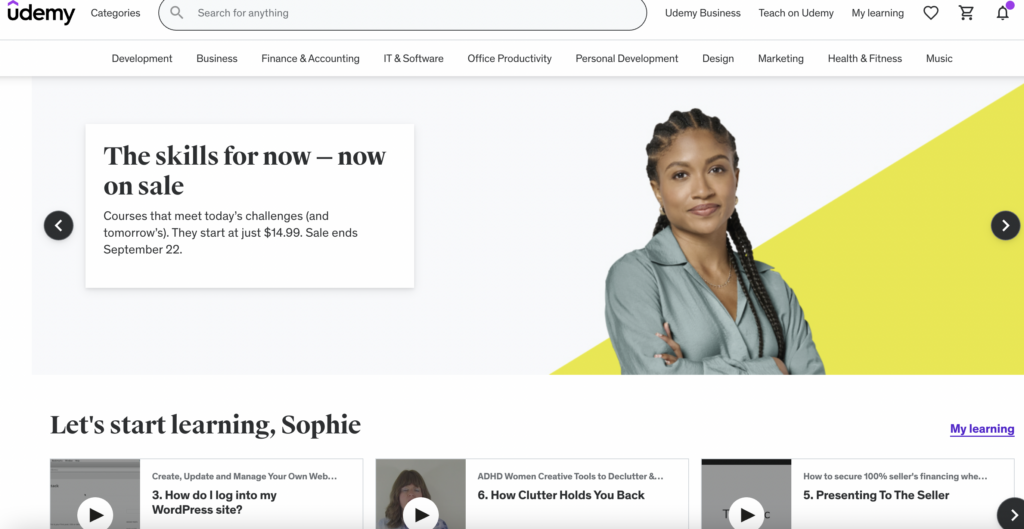
A learning platform offering thousands of courses on leadership and business topics.
Best for: Organizations that want to provide self-directed learning with a wide variety of content options.
Key Features:
- Library of thousands of courses
- Leadership and management content
- Self-paced learning
- Mobile app for learning on the go
- Progress tracking
- Ability to assign specific courses
- Custom learning paths
What makes it different: Udemy offers breadth. Leaders can find courses on almost any leadership topic and learn at their own pace. It's like having a massive library of development resources.
5. Cornerstone OnDemand
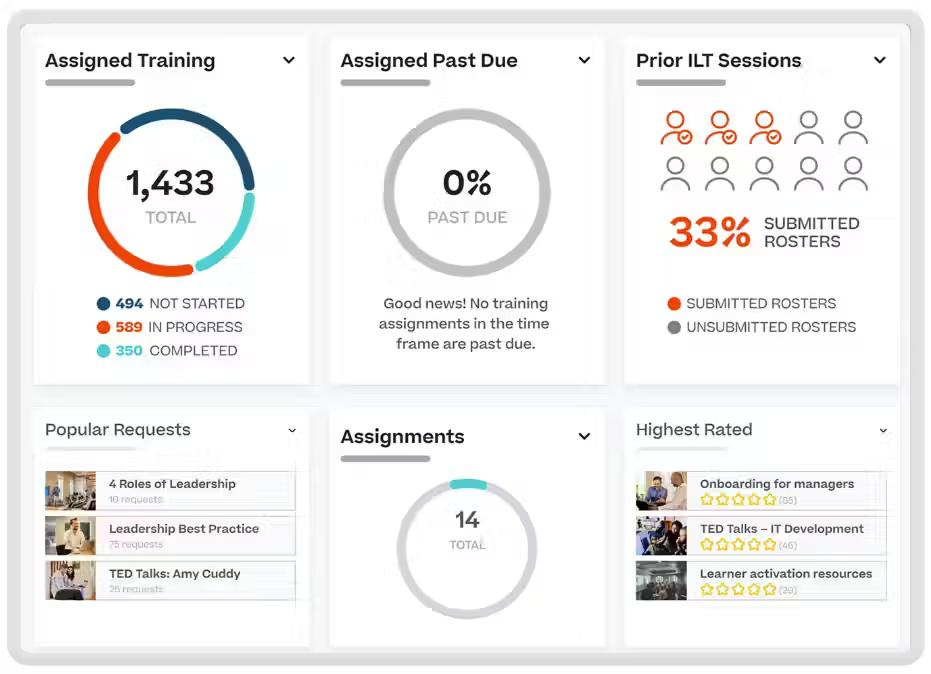
A comprehensive talent management platform with learning and development capabilities.
Best for: Large enterprises that want an integrated system for learning, performance management, and succession planning.
Key Features:
- Learning management system
- Performance management tools
- Succession planning
- Competency frameworks
- Compliance tracking
- Advanced reporting and analytics
- Integration with HR systems and other talent analytics tools
What makes it different: Cornerstone is a full talent management suite. Leadership development sits within a broader system that connects learning, performance, and career progression.
6. iMocha
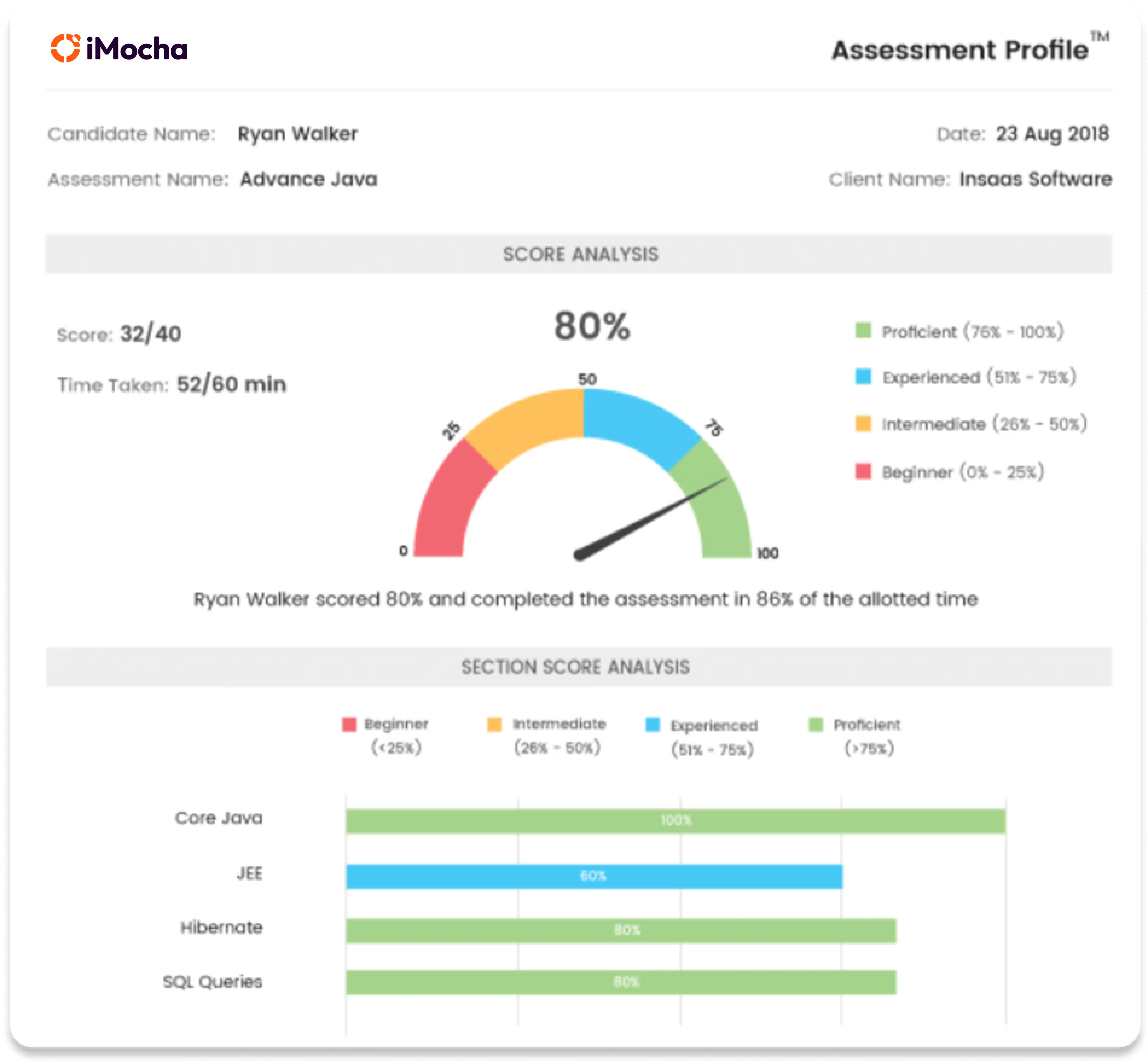
A skills assessment platform that evaluates leadership competencies.
Best for: Organizations that want to identify skill gaps and measure leadership capabilities objectively.
Key Features:
- Leadership competency assessments
- Skills gap analysis
- Pre-built and custom assessments
- Benchmarking against industry standards
- 360-degree feedback tools
- Analytics on skill levels across the organization
What makes it different: iMocha focuses on assessment and measurement. It helps you understand where leaders are strong and where they need development, providing data to inform development decisions.
7. MentorcliQ

MentorcliQ mentoring platform that facilitates mentor-mentee relationships.
Best for: Organizations that want to build structured mentoring programs to develop leadership capabilities.
Key Features:
- Matching algorithm for mentor-mentee pairs
- Program management tools
- Goal setting and tracking
- Communication tools
- Progress monitoring
- Reporting on mentoring outcomes
- Multiple program types (one-on-one, group, peer)
What makes it different: MentorcliQ makes mentoring programs easier to launch and manage. It handles the logistics of matching, tracking, and measuring mentoring relationships at scale.
Key Leadership Development Activities to Focus on in 2026
The leadership challenges organizations face are evolving. Based on what I'm seeing across companies, here are the critical areas where development needs to focus:
Becoming Data-Driven Leaders
Too many leaders still make decisions based on gut feeling alone. When data contradicts their assumptions, they dismiss it rather than investigate.
I've sat in meetings where engagement survey results clearly show a problem, and the leader responds with "that's not how I see it."
The best leaders use data to test and improve their understanding. They ask: "My team experiences this differently than I thought. Why? What am I missing?"
Leadership development needs to teach:
- How to collect and interpret team data
- How to accept feedback that challenges personal beliefs
- How to combine data with judgment to make better decisions
- How to track whether actions produce desired results
This isn't about replacing human judgment with algorithms. It's about using data to make judgment more informed and accurate.
Having Hard Performance Conversations
The pressure to maintain performance in competitive markets means leaders need more difficult conversations than ever.
Conversations about:
- Underperformance that must improve or result in consequences
- Behavior that damages team culture
- Unrealistic expectations that need adjustment
- Role changes or restructuring decisions
These conversations are uncomfortable. Leaders naturally avoid them. I've watched managers delay performance conversations for months, hoping the problem will resolve itself. It never does.
This can't be taught in a single workshop. It requires practice, coaching, and ongoing support as leaders face real situations.
Aligning Leadership Behavior with Company Principles
Before developing specific skills, leaders need to understand what good leadership looks like in their organization.
Are leaders expected to be directive or facilitative? Should they solve problems for teams or coach teams to solve problems? How much autonomy should they provide?
Without clear answers, leaders develop inconsistent approaches. Some micromanage while others are hands-off. This confuses employees and creates friction.
Development needs to:
- Define clear leadership principles for the organization
- Teach leaders how to apply these principles in daily work
- Align hiring and promotion decisions with leadership expectations
- Provide ongoing reinforcement of desired leadership behaviors
This creates consistency across the organization as you scale.
Driving Performance Through Teams
Individual contributor roles reward personal achievement. Leadership roles require enabling achievement through others.
This transition is harder than it looks. The skills that made someone successful as an individual contributor—deep expertise, personal productivity, attention to detail—don't automatically translate to leadership.
Going forward, leaders need to develop:
- Setting clear expectations for team members
- Removing obstacles that slow teams down
- Providing feedback and coaching for improvement
- Making decisions quickly based on available information
- Balancing short-term results with long-term team development
The focus shifts from "what can I accomplish?" to "how can I enable my team to accomplish more?"
Building Effective Collaboration
As organizations grow, collaboration gets harder. Teams develop silos. Information gets trapped. Handoffs between teams break down.
This keeps appearing in engagement surveys as a major pain point. Collaboration takes effort to establish and must be actively maintained as situations change.
Leadership development needs to address:
- Building relationships across organizational boundaries
- Aligning team work with other teams' priorities
- Navigating conflicts and competing interests
- Creating connections that wouldn't naturally exist
- Breaking down silos between departments
Leaders who can drive performance while maintaining strong collaboration become incredibly valuable.
Why Software Matters for These Activities
These aren't skills you learn once and master forever. They require continuous practice and adjustment based on changing situations.
Software platforms can support this ongoing development:
- Data-driven decision making: Platforms like Teamspective provide leaders with real-time data about their teams and guidance on how to interpret and act on it
- Performance conversations: Software can suggest specific talking points based on actual team feedback and track whether performance improves
- Alignment with principles: Tools can incorporate company leadership principles into every recommendation, reinforcing desired behaviors
- Driving performance: Real-time insights help leaders identify and address performance issues immediately
- Building collaboration: Organizational network analysis reveals collaboration patterns and helps leaders focus their efforts
The key is choosing software that supports the specific activities your leaders need to master.
Conclusion
After years of implementing various leadership development approaches, I've learned that no single tool solves every problem.
Leadership development software serves different purposes. Some platforms teach foundational skills through courses and content. Others provide practice through simulations. Some connect leaders with coaches for personalized support.
Each has value depending on what you're trying to achieve. But there's a gap most software doesn't address: helping leaders actually change team behavior based on real-time insights about their actual teams.
A leader can complete courses, practice in simulations, and receive coaching. But when they face a real challenge (engagement dropping, performance issues emerging, collaboration breaking down) they need specific guidance about their specific situation right now.
That's where platforms like Teamspective stand apart. Instead of generic development content, leaders get insights about what's happening in their team today and specific actions to take in their next meeting.
Ready to give your leaders real-time insights that change team behavior? Book a demo today and see how Teamspective enables leaders to drive real change in real time.



